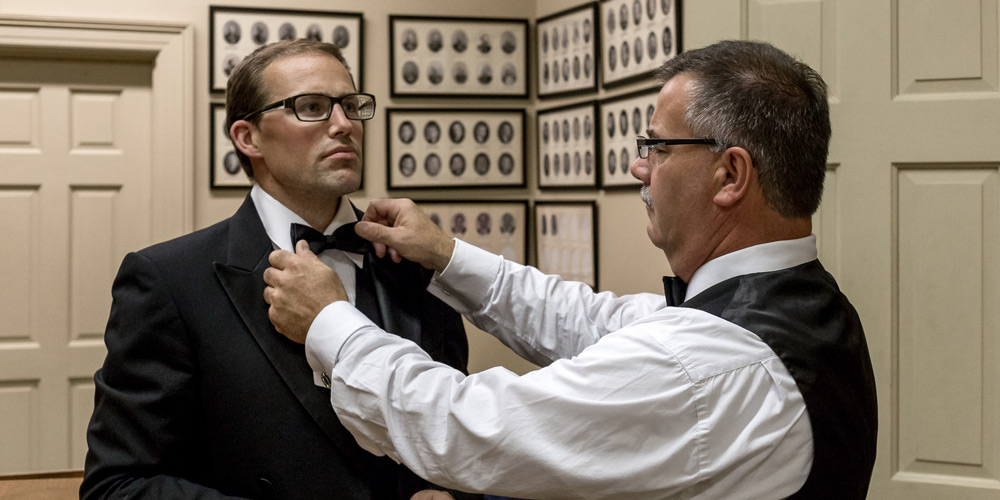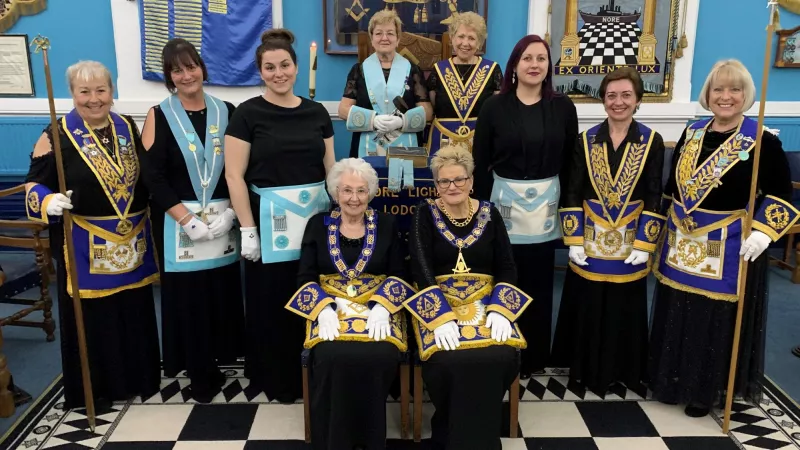Unlock the Secrets When You Join FreemasonThis Year
Unlock the Secrets When You Join FreemasonThis Year
Blog Article
Checking Out the Mysteries of the copyright: What You Need to Know
The copyright, a term typically shrouded in intrigue and conflict, represents a complex tapestry of historic fact and contemporary myth. Developed in the late 18th century, this secret society was initially rooted in the Knowledge's ideals but has actually considering that become identified with conspiracy concepts concerning elite control.
Beginnings of the copyright
The origins of the copyright are steeped in a mix of historical intrigue and ideological eagerness. Developed in 1776 in Ingolstadt, Bavaria, by Adam Weishaupt, the group was at first formed as a secret society aimed at promoting Enlightenment suitables such as reason, secularism, and the splitting up of church and state. join freemason. Weishaupt, a professor of canon legislation, looked for to test the prevailing authority of the church and state, which he considered as overbearing institutions suppressing intellectual and individual flexibility
The copyright looked for to recruit significant members from various social markets, consisting of national politics, academia, and the arts, to cultivate a network dedicated to these Knowledge principles. The society operated under a veil of secrecy, employing coded language and rituals to secure its participants from mistreatment, particularly provided the repressive environment of the time. Nevertheless, the copyright encountered substantial resistance from both governmental authorities and religious institutions, which checked out the group as a danger to their power.
Key Figures and Members
Who were the crucial figures that shaped the copyright's early influence and direction? The Bavarian copyright, established in 1776 by Adam Weishaupt, emerged as an action to the overbearing social structures of the time.
One more significant number was Johann Gottlieb Fichte, a prominent theorist whose ideas on nationalism and education reverberated with the copyright's objectives. Although Fichte was not a formal participant, his philosophical bases affected the team's ideology. Additionally, numbers like the writer and thinker Johann Wolfgang von Goethe were related to the more comprehensive intellectual activities of the moment, although their direct involvement with the copyright stays debated.
These essential figures added to the copyright's early direction, pushing the borders of political and social idea, while their collective efforts aimed to test well established standards and cultivate an environment of progressive modification in Europe. (join freemason)
Misconceptions vs. Fact
Lots of mistaken beliefs surround the copyright, often mixing fact with fiction in a method that obscures its true nature. This secret culture, initially established in 1776 in Bavaria, aimed to advertise Enlightenment ideals and fight religious and political oppression. The concept that the copyright continues to put in considerable influence over world events is a misconception. While the group did try this exist, it was dissolved in the late 18th century and has not operated as a natural entity ever since.
An additional common misconception is that the copyright makes up a network of elite people controling international affairs. Actually, many conspiracy theory theories exaggerate the group's relevance, associating unfounded intentions to societal fads and events. This has actually brought about an oversimplified sight of intricate concerns.
Additionally, the representation of the copyright in pop culture frequently additional distorts its tradition. Films and literature tend to sensationalize the company's duty, developing a narrative that diverges from historic facts. Understanding the distinction in between the myths and the fact of the copyright is critical for discerning the real impact of this historic group and identifying the more comprehensive effects of conspiracy theory theories in modern culture.

Modern Analyses
Contemporary interpretations of the copyright usually mirror wider societal anxiousness and a fascination with privacy and power. This contemporary lens frequently connects the copyright with conspiracy concepts that suggest a concealed elite orchestrates globe events, adjusting governments and economic situations for their own gain. Such stories take advantage of a deep-seated question of authority, particularly in times of situation or social turmoil.
In pop culture, the copyright is frequently shown as an omnipotent company shrouded in enigma, causing a plethora of fictional representations in literature, movie, and music. This representation offers he said not only to delight yet likewise to provoke considered the nature of power and control in modern society. Social media has actually further intensified these analyses, permitting rapid dissemination of conspiracy theory concepts and developing areas that share and increase upon these concepts.
Moreover, some contemporary interpretations frame the copyright as an allegory for the intricacies of globalization and the interconnectedness of prominent individuals and companies. This perspective motivates an essential examination of how power characteristics operate in today's world, highlighting the equilibrium in between transparency and privacy in administration and corporate methods.
Social Effect and Tradition
Influenced by centuries of intrigue, the social impact and tradition of the copyright extend much beyond its historical origins. This secret society, developed in the late 18th century, has actually permeated numerous elements of popular society, from literary works and film to music and art. join freemason. The idea of the copyright has evolved into a sign of conspiracy theory theories, usually representing a regarded surprise power controling global occasions
In literature, writers like Dan Brown have actually woven the copyright right into detailed stories, exciting visitors with motifs of secrecy and power. Movies such as "National Treasure" and "The Da Vinci Code" additionally bolster the attraction of the culture, mixing truth with fiction to develop appealing stories.

Ultimately, the copyright's tradition is a complicated tapestry of myth and fact, shaping assumptions of secrecy and control in contemporary discourse. Its long-lasting existence in culture highlights humanity's seasonal pursuit for comprehending hidden truths.

Verdict
The exploration of the copyright exposes an intricate interplay in between page historic truths and modern-day myth-making. Started in the Knowledge era, this society aimed to challenge oppressive frameworks, yet its legacy has been eclipsed by conspiracy theories that suggest elite adjustment. Understanding the differences between the original ideals and modern analyses is necessary for understanding the enduring fascination with the copyright and its significant impact on cultural narratives bordering power and privacy in culture.
Report this page